Africa Remix
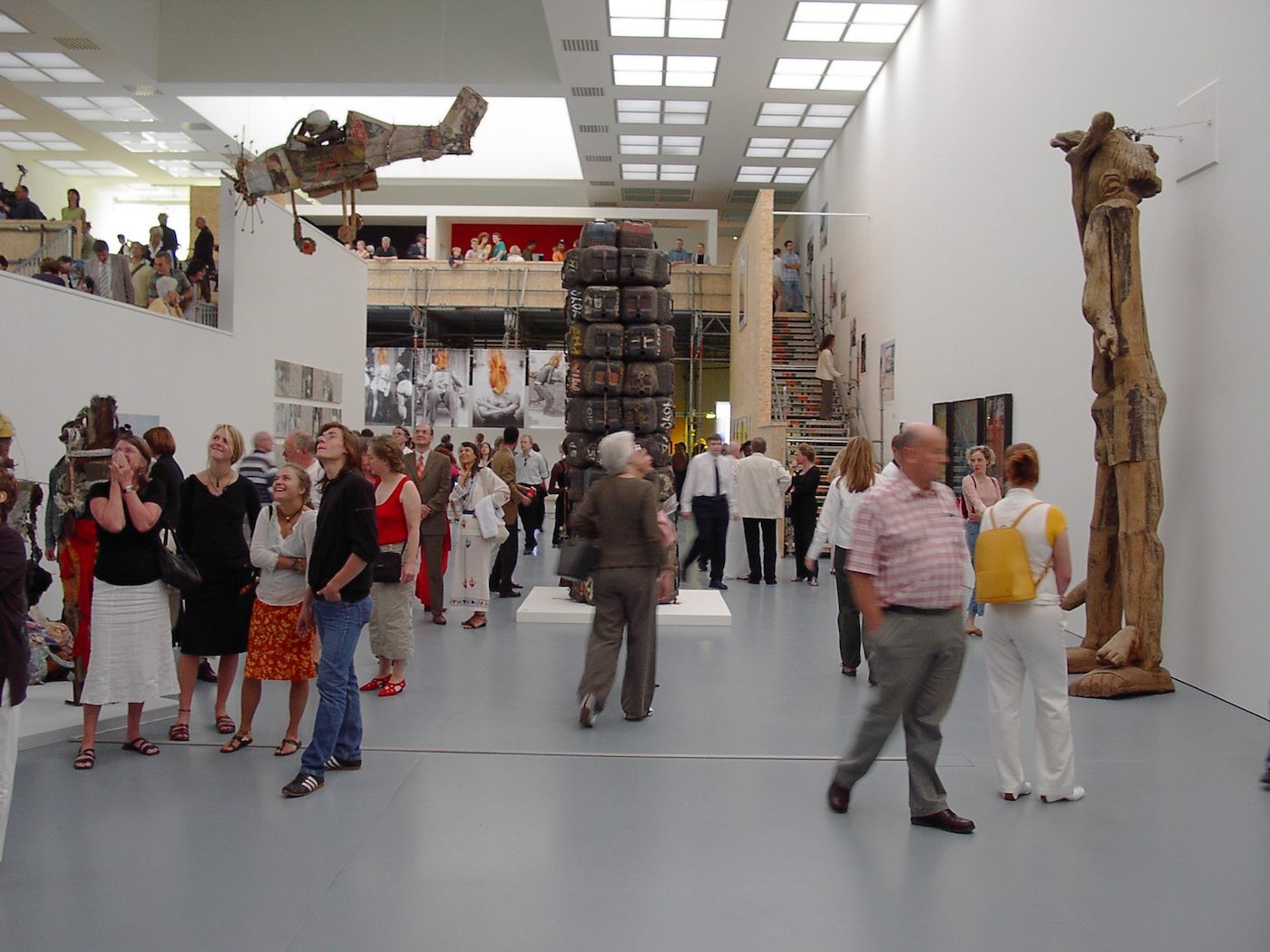
30 January 2019
Magazine C& Magazine
9 min read
In 2007 the Johannesburg Art Gallery (JAG) had a record number of visitors. During the three months the exhibition Africa Remix. Contemporary Art of a Continent was on show, 28,000 guests were registered. Simon Njami, the exhibition’s curator, collaborated with an international team of curators to conceptualize an overview of contemporary art production on the …
In 2007 the Johannesburg Art Gallery (JAG) had a record number of visitors. During the three months the exhibition Africa Remix. Contemporary Art of a Continent was on show, 28,000 guests were registered. Simon Njami, the exhibition’s curator, collaborated with an international team of curators to conceptualize an overview of contemporary art production on the continent and in the Diaspora over the past decade. After Düsseldorf, London, Paris, and Tokyo, it was a significant gesture of the makers to eventually also bring this blockbuster exhibition to Johannesburg.
Concept and critical review
Africa Remix opened in 2004 at museum kunst palast in Düsseldorf and then went on a three-year tour. More than 80 artists from 25 countries were shown in this exhibition. Besides the main curator Simon Njami, Jean-Hubert Martin (museum kunst palast, Düsseldorf), initiator of the exhibition Magiciens de la Terre in 1989, was also involved. Three other curators of the museums Africa Remix travelled to subsequently also played a part: Marie-Laure Bernadac (Centre Georges Pompidou, Paris), David Elliott (Mori Art Museum, Tokyo), and Roger Malbert (Hayward Gallery, London).
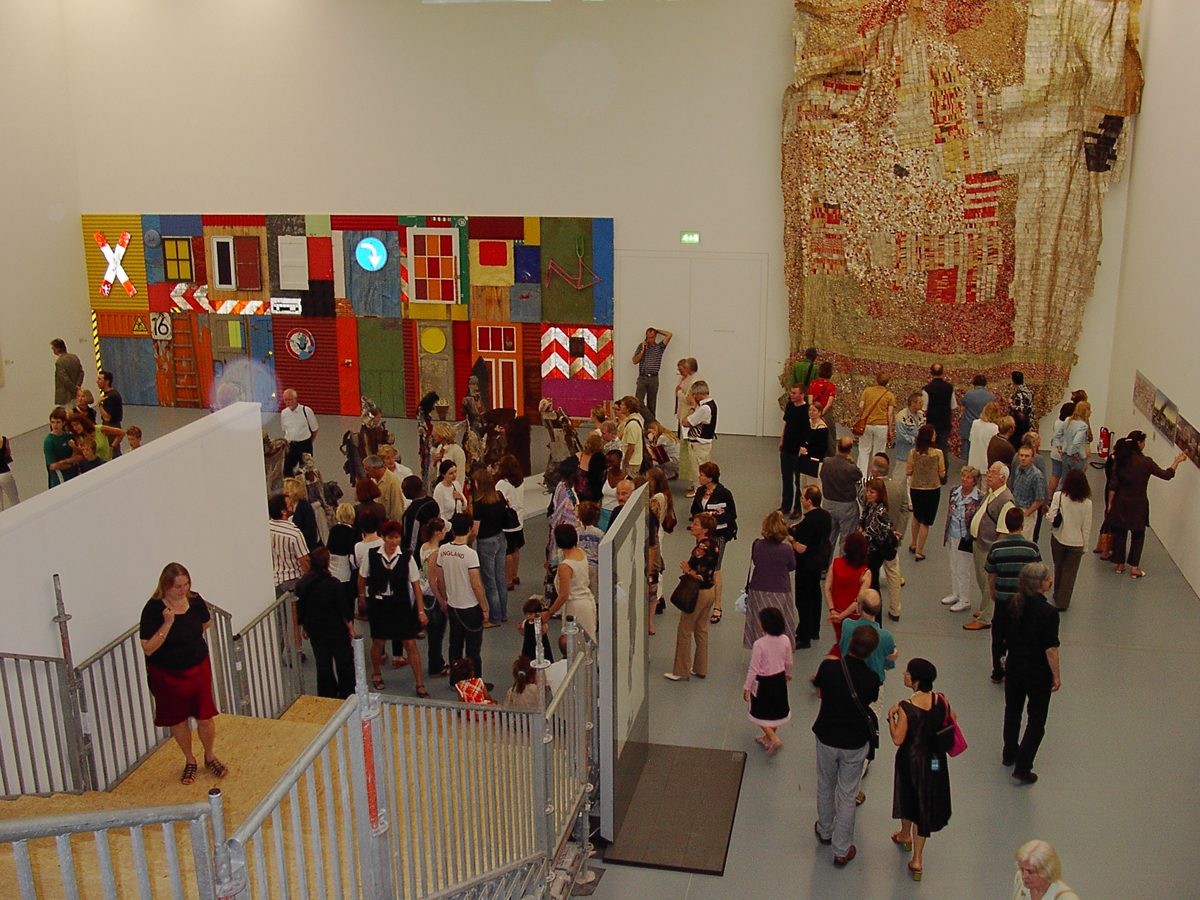
<figcaption> Installation view of Sasa (2004) by El Anatsui. Courtesy of October Gallery, London. Photo: Andreas M. Wiese.
Conceptually Njami arranged the show in three sections. Body & Soul focused on the key issue of representation and the performance of the body.[1] In this category the curator incorporated collages by Wangechi Mutu and self-portraits by Hicham Benohoud. City & Land was dedicated to artists who reflect their environment and engage with “(...) the city as a constructed setting”. Works shown are the utopian cityscapes by Bodys Isek Kingelez or black-and-white photographs by Jellel Gasteli. In the section Identity & History, Njami exhibited among others the performative photographs by Samuel Fosso and Hassan Musa’s work Great American Nude. The curator’s aim here was to engage with heterogeneous concepts of identity. Njami saw one essential method of the participating artists in “(...) deconstructing the stereotypes world society was built on.”[2] Overall, what was remarkable was an increased incorporation of North African artists, with which Njami wanted to counteract the arbitrary division made between North Africa and sub-Saharan Africa.[3] He placed the focus on young, living artists, including both self-taught and academically trained artists. So as to set itself apart from Magiciens de la Terre, Africa Remix was to emphasize the ‘contemporary’ of their art and to demonstrate their natural participation in a globalized world.[4]
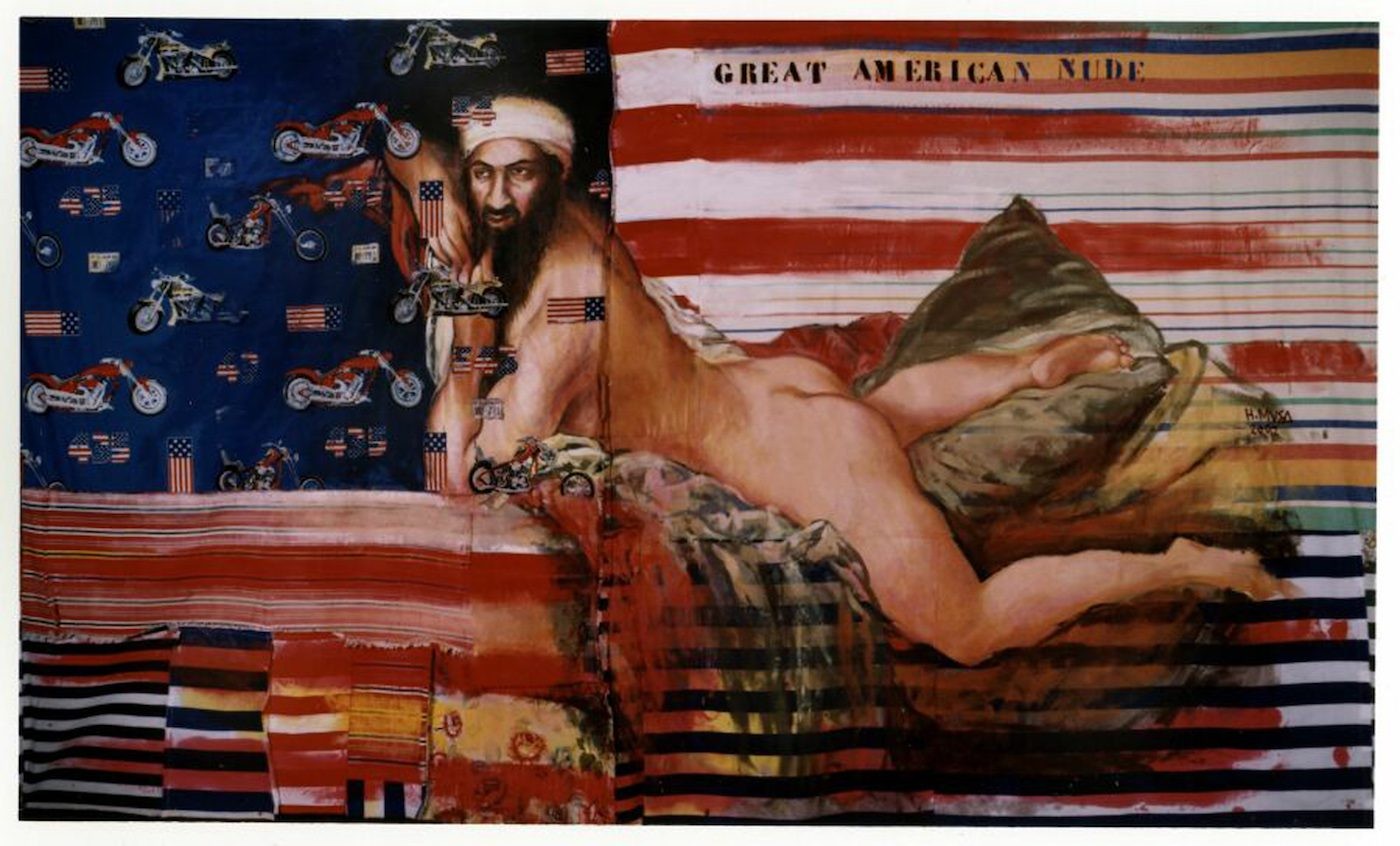
<figcaption> Hassan Musa, Great American Nude, 2002. 357 x 204 cm. Courtesy of the Artist.
Just like similar exhibitions before, Africa Remix was criticized mainly for its curatorial ‘straitjacket’. The concept reminded Rory Bester of that of a commercial gallery or an art fair.[5] Other critics also thought the categorization of the works too narrow, too random and not suited to counteract the stereotypical images the curator actually wanted to avoid.[6] Njami’s statement in favor of the diversity of the continent in the catalogue, followed by a discussion of “African production”[7] a few lines further down, did not help in this context. His generalizing language reinforced the exhibition’s conceptual weaknesses. The show’s ambiguous title was also discussed in this context. For one, the subheading repeated the generalized idea of the ‘art of a continent’. And on the other hand, the word remix promised a new perspective, which, according to David Brodie, was nowhere to be found in the exhibition. “Remix Theory promises critical conjunctions and 'grafts' that are progressive – be it in music, architecture or visual arts – where the hybrid sum is far greater than its parts.”[8] In reality the exhibition seemed to provide rather the opposite: while critics appreciated the art works themselves, they were disappointed by the curatorial narrative.

<figcaption> L’Initiantion, 2004 by Abdoulaye Konaté. Courtesy of the Artist. Photo: Andreas M. Wiese
Moreover, the presentation of the exhibition at Johannesburg Art Gallery showed that while there was a multitude of objects on display, the show could not do justice to the individual works of art at every exhibition venue. According to Brodie, the abundance of exhibits at the JAG evoked the image of a chaotic market.[9] Bester pointed out that the relevance of a well functioning infrastructure could not be ignored in the discussion. This was the only way to promote the presentation of exhibitions such as Africa Remix on the continent.[10]
Relevance
Even though the JAG was hardly able to house the roughly 200 works of this show, the biggest and crucial achievement of this exhibition was definitely the fact that Africa Remix could be seen on the continent. Colin Richards, professor at Wits School of Arts, summarized: “However a mixed bag the show inevitably was, Africa Remix offered a window and a mirror on ourselves in ‘Africa’ (…) and ‘Africa’ out there (…).“[11] The show was the subject of heated debates – especially in Johannesburg. It elicited positive as much as negative reviews and advanced the discourse. According to Steve Nelson, not least the widely different websites and catalogues of the exhibition’s different venues made a pluralistic engagement with Njami’s concept as well as the presentation of art from Africa in general possible.[12]
Undoubtedly Africa Remix, like many exhibitions before, was once again the product of an influential center of exhibition and knowledge production. Nevertheless, it was the first major show on art from Africa that was presented on the continent, thereby also advancing the engagement with this type of exhibition on the ground. And what is more important: it demonstrated the urgent need to redefine the roles in the future, and instead of bringing an exhibition conceived in Europe to Africa, to bring a show designed in Africa to Europe.[13]

<figcaption> Samuel Fosso, Le chef, 2003 © Samuel Fosso, Centre Georges Pompidou d’Art Moderne, Paris
Participating artists
Akinbode Akinbiyi (* UK, based in Germany), Sunday Jack Akpan (Nigeria), Jane Alexander (South Africa), Fernando Alvim (Angola), Ghada Amer (* Egypt, based in the US), El Anatsui (* Ghana, based in Nigeria), Joël Andrianomearisoa (* Madagascar, based in France), Rui Assubuji (Mozambique), Lara Baladi (* Lebanon, based in Egypt), Yto Barrada (* France, based there and in Morocco), Luis Basto (* Mozambique, based there and in Zimbabwe), Mohamed El Baz (* Morocco, based in France), Hicham Benohoud (Morocco), Willie Bester (South Africa), Berry Bickle (Zimbabwe), Bili Bidjocka (* Cameroon, based in France), Andries Botha (South Africa), Wim Botha (South Africa), Zoulikha Bouabdellah (* Soviet Union, based in France), Frédéric Bruly Bouabré, (*/† Cote d’Ivoire), Chéri Cherin (Democratic Republic of Congo), Loulou Cherinet (Sweden), Soly Cissé (Senegal), Omar D. (* Algeria, based there and in France), Tracey Derrick (South Africa), Cheick Diallo (* Mali, based in France), Dilomprizulike (Nigeria), Marlene Dumas (* South Africa, based in The Netherlands), Ymane Fakhir (* Morocco, based in France), Mounir Fatmi (* Morocco, based there and in France), Balthazar Faye (* Senegal, based in France), Samuel Fosso (* Cameroon, based in Central African Republic), Meschac Gaba (* Benin, based in The Netherlands), Jellel Gasteli (* Tunisia, based in France), Gera (*/† Ethiopia), David Goldblatt (*/† South Africa), Romuald Hazoumé (Benin), Jackson Hlungwani, (*/† South Africa), Paulo Kapela (* Democratic Republic of Congo, based in Angola), Amal & Abd El Ghany Kenawy (Egypt), William Kentridge (South Africa), Bodys Isek Kingelez (*/†Democratic Republic of Congo), Abdoulaye Konaté (Mali), Moshekwa Langa (* South Africa, based there and in The Netherlands), Ananias Leki Dago (Cote d’Ivoire), Goddy Leye (* Cameroon, based there and in The Netherlands), Georges Lilanga Di Nyama (*/† Tanzania), Franck K. Lundangi (* Angola, based in France), Gonçalo Mabunda (Mozambique), Michèle Magema (* Democratic Republic of Congo, based in France), Abu Bakarr Mansaray (* Sierra Leone, based there and in The Netherlands), Julie Mehretu (* Ethiopia, based in the US), Myriam Mihindou (* Gabon, based in Morocco), Santu Mofokeng (South Africa), Zwelethu Mthethwa (South Africa), Hassan Musa (* Sudan, based in France), N'Dilo Mutima (Angola), Wangechi Mutu (* Kenya, based in the US), Ingrid Mwangi (* Kenya, based in Germany), Sabah Naim (Egypt), Moataz Nasr (Egypt), Otobong Nkanga (* Nigeria, based there, in France and The Netherlands), Shady El Noshokaty (Egypt), Aimé Ntakiyica (* Burundi, based in Belgium), Antonio Ole (Angola), Richard Onyango (Kenya), Owusu-Ankomah (* Ghana, based in Germany), Eileen Perrier (UK), Rodney Place (South Africa), Francis Pume (Democratic Republic of Congo), Tracey Rose (South Africa), Chéri Samba (* Democratic Republic of Congo, based there and in France), Sérgio Santimano (Mosambique), Zineb Sedira (* France, based in the UK), Benyounès Semtati (* Morocco, based in France), Yinka Shonibare (UK), Allan deSouza (* Kenya, based in the US), Joseph-Francis Sumegné (Cameroon), Pascale Marthine Tayou (* Cameroon, based there and in Brussels), Patrice Felix Tchicaya, (France), Guy Tillim (* South Africa, based there and in France), Titos (Mozambique), Barthélémy Toguo (* Cameroon, based there, in Germany and France), Cyprien Tokoudagba, (*/†Bénin), Fatimah Tuggar (* Nigeria, based in the US), Ernest Weangaï (Central African Republic)
Julia Friedel is the research curator for the African section atthe Weltkulturenmuseum and writer, living in Offenbach am Main. She studied African languages, literature and art (Bayreuth) and curation (Frankfurt am Main).
Translated from German by Ekpenyong Ani.
Further reading:
Marion Arnold, 2005 : « Africa Remix: Contemporary Art of A Continent » http://onlinelibrary.wiley.com/doi/10.1111/j.1467-8357.2005.562_5.x/full
Rory Bester, 2008 : « Africa Remix. An Immigrant, to Be Looked at from the other Side of Reinforced Glass » in NKA, numéro 22/23.
David Brodie, 2007 : « Africa Remix »<u> </u> http://artsouthafrica.com/archives/archived-reviews/213-main-archive/archived-reviews/1566-africa-remix-1.html
Steve Nelson, 2008 : « Africa Remix Remix » in African Arts, volume 41, numéro 3.
Colin Richards, 2008 : Chika Okeke-Agulu, Salah M. Hassan, « The Twenty-First Century and the Mega Shows » in NKA, numéro 22/23.
[1] cf. Njami 2004: 115.
[2] Njami 2004: 72.
[3] cf. Njami 2004: 14.
[4] cf. Njami 2004: 24.
[5] cf. Bester 2008: 86.
[6] cf. Arnold 2005, Nelson 2008: 4.
[7] cf. Njami 2004: 23.
[8] Brodie 2007
[9] cf. Brodie 2007
[10] cf. Bester 2008: 85.
[11] Colin 2008: 173.
[12] cf. Nelson 2008: 8.
[13] cf. Bester 2008: 87, Colin 2008: 174.
Read more from

MAM São Paulo announces Diane Lima as Curator of the 39th Panorama of Brazilian Art
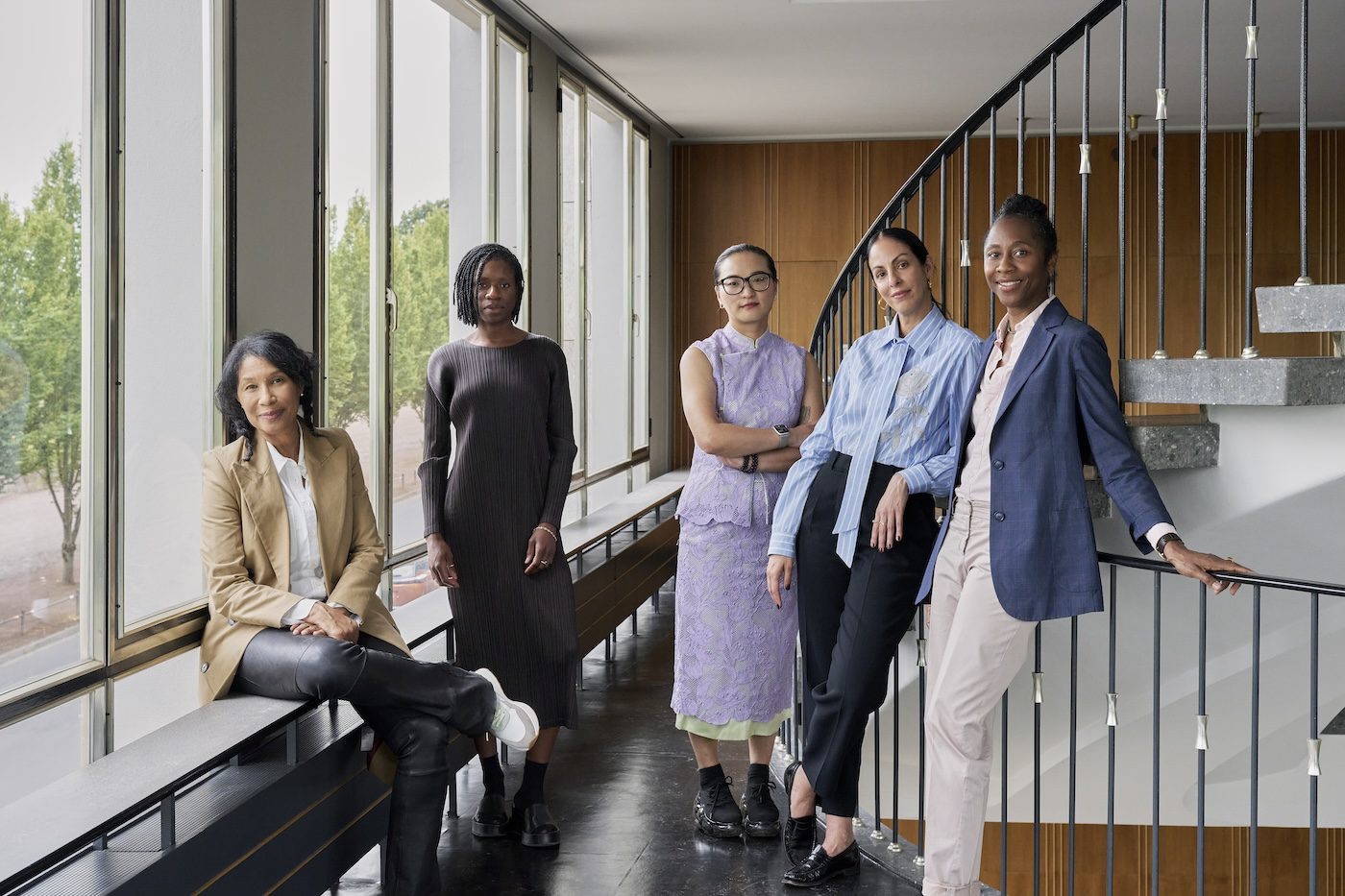
Naomi Beckwith Unveils Core Artistic Team for documenta 16
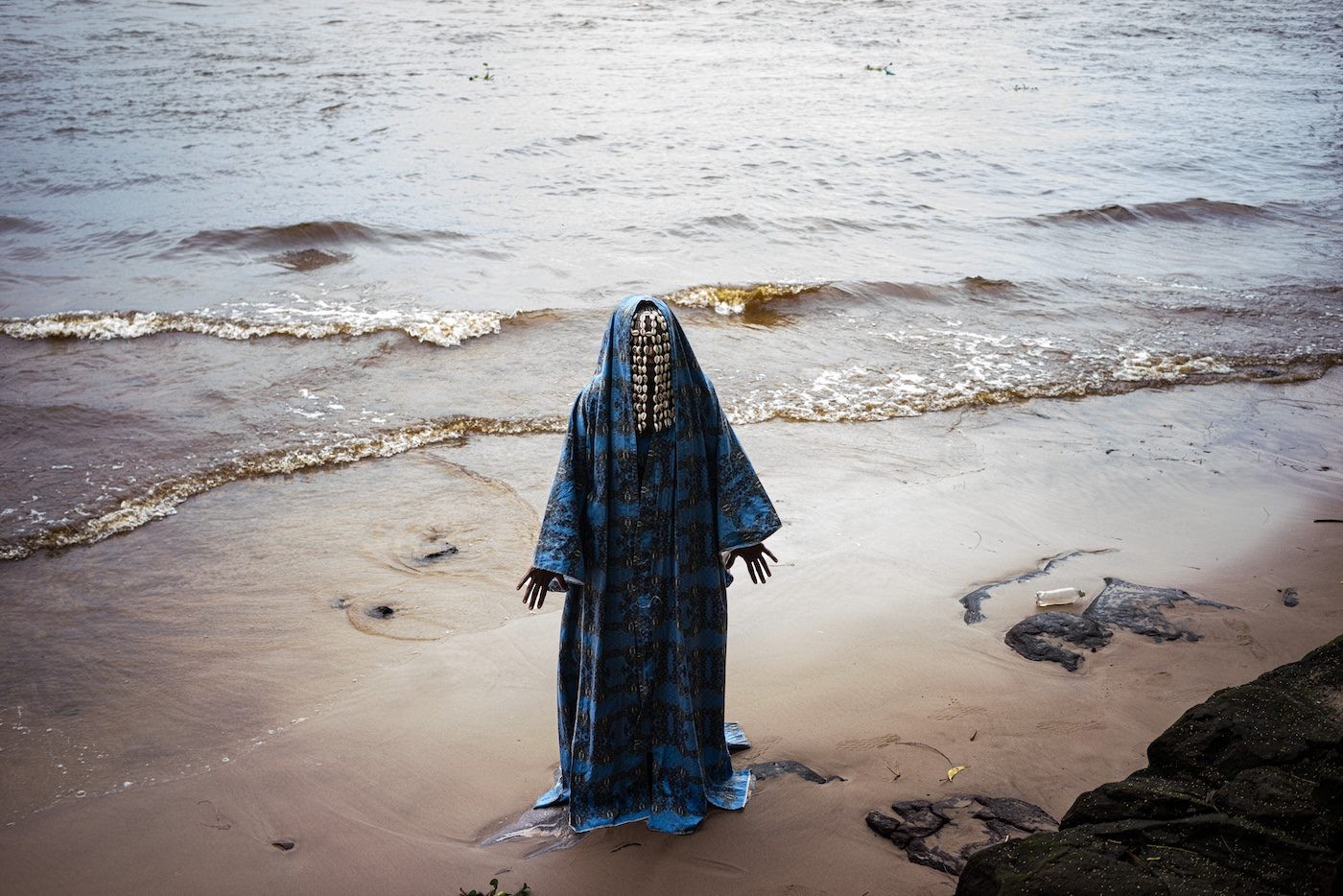
Fundação Bienal de São Paulo Announces List of Participants for its 36th Edition
Read more from
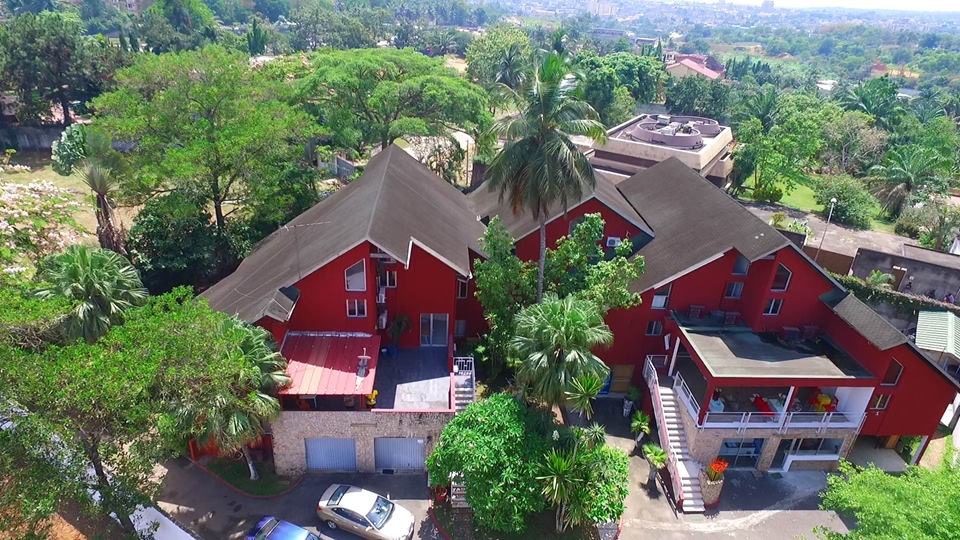
Illa Donwahi: Enabling Art in Challenging Environments

Simon Njami: “The masters acted as mentors, big brothers, uncles”
